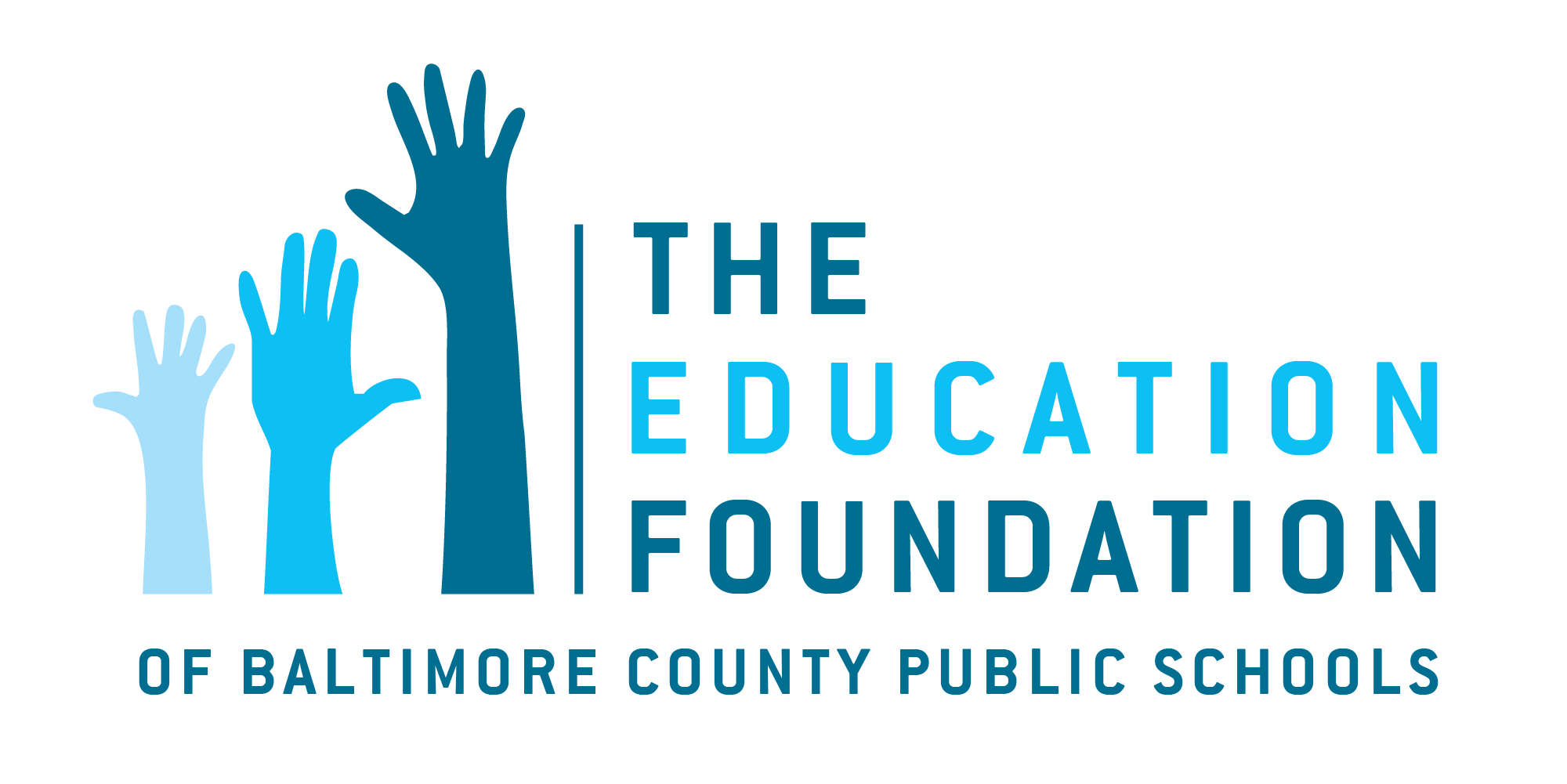Team BCPS Clean Green 15 Litter Challenge
To promote the second year of the countywide anti-litter initiative, Ms. Deborah Phelps, Director of The Education Foundation served as the Mistress of Ceremonies to launch the second annual Team BCPS Clean Green 15 Litter Challenge on Wednesday, April 22nd at the Western School of Technology and Environmental Science in Catonsville. The challenge was established last year with Baltimore County Government, Baltimore County Public Schools and Foundation.
This initiative was conceived and developed by the Office of Communications in response to EPS’ interest in addressing litter in waterways.
Baltimore County public schools competed to see whose “school community” can hold the most Clean Green 15-minute litter clean-ups during a period of time. School community is defined as school-based groups as well as any civic or community group, scout troop, sports team, place of worship, youth group, environmental organization, etc. who wants to do a clean-up and designate a school to receive credit.
This school community concept ties in directly with Dr. Dallas Dance’s Team BCPS initiative and is a collaborative effort between County Executive Kevin Kamenetz, Baltimore County Public Schools, the Education Foundation of Baltimore County Schools and the Baltimore County Department of Environmental Protection and Sustainability.
The purpose of this is to prompt young people to internalize an anti-litter ethic, directly remove tons of litter from communities, preventing it from polluting waterways and to generate “buzz” about litter and its damaging effects.
Last year, the inaugural year of this event, was a resounding success with more than 3,200 volunteers participating in more than 300 clean-ups that removed literally tons of litter from our communities!
EPS has a County-wide Trash Reduction Strategy that focuses on litter in river, streams, and lakes in Baltimore County. All of the litter on Baltimore County streets and in neighborhoods moves downhill in the direction of drainage. Litter on the land eventually ends up in the water by means of wind and water runoff. Illegal dumping is another way that trash ends up on the banks of our, well hidden, woodland streams. This trash piles up over time and becomes a threat to wildlife, destroys the aesthetic value of our county’s natural resources, and deters recreation in these areas. The trash from our streams and rivers eventually adds to the pollution of the Chesapeake Bay.
EPS has developed a long-term trash monitoring program for the Jones Falls and the Gwynns Falls watersheds. In just these two areas alone, which account for only 55,000 of the approximately 383,000 acres in Baltimore County, they collected samples from 30 different sites last year. From just these 30 sites, they collected 1,314 lbs of trash in 2013. Of that, 35 lbs was from plastic bottles and 43.5 lbs was from aluminum cans.
The message that we want to convey is that although it is easy to forget about litter once we throw it on the ground, it does not disappear.
